The technology that is considered “state of the art” in TV resolution today can easily become outdated tomorrow. Resolution standards have improved rapidly over the past few years: from HD to next-level Ultra HD, which was then replaced by 4K, to all-new 8K, which is already waiting in the wings, ready to take over. These abbreviations can sometimes cause confusion, and the difference between UHD and 4K in particular always raises questions. Many people assume that they are the same standard of resolution – but that’s not entirely true.
Correct resolution configuration
The image resolution is usually indicated by the number of horizontal and vertical pixels, i.e. the total number of pixels on a screen. HD Ready, for example, means that the resolution is at 1280 pixels on the horizontal axis and 720 pixels on the vertical axis. Pixels are the building blocks of an image. They have corresponding colour values that create the overall image like a mosaic.
It should be noted that pixel specification alone cannot fully indicate how sharp the image on the screen actually appears to the human eye. Rather, the resolution is relative to the size of the screen, due to the density of pixels in any given image. The pixel density is specified in the unit DPI (Dots per Inch). Full HD has a significantly greater pixel density on a 32-inch screen as opposed to a 40-inch screen, and therefore produces a finer-quality image on a smaller screen.
4K and UHD in brief
- ➨ UHD: This abbreviation stands for Ultra High Definition, and is the successor to Full HD. The resolution of UHD is 3840 x 2160 pixels (8,294,400 pixels overall), which is four times higher than that of its predecessor.
- ➨ 4K: The term originates from cinematic terminology, and, whilst not strictly correct nowadays, is still used for TV. 4K refers to a horizontal resolution of 4096 Pixels (4K = 4000). The number of vertically-arranged pixels is 2160 (2K) for television sets. Therefore, we sometimes use the term 4K2K. Strictly speaking, a UHD television cannot achieve the same resolution as a 4K set, since there are fewer horizontal pixels. In reality however, both terms are used pretty much interchangeably. This is why many television sets “only” have a resolution of 3840 x 2169 pixels, even though they are labelled as 4K devices.
Other important abbreviations for screen resolutions:
- ➨ 8K: “8K” represents a resolution of 7680 x 4320 pixels. Devices with this resolution are not currently commercially available. It is expected that the first 8K products will enter the market in 2020.
- ➨ Full HD: Full HD offers a resolution of 1920 x 1080 pixels. This resolution is typically featured on Blu-ray discs. However, only Ultra HD Blu-ray offers true 4K resolution.
- ➨ HD-ready: The HD-ready 1280 x 720-pixel resolution has already almost disappeared from televisions – even smaller devices now usually support at least Full HD. The HD-ready standard still applies to the reception of HD television programmes.
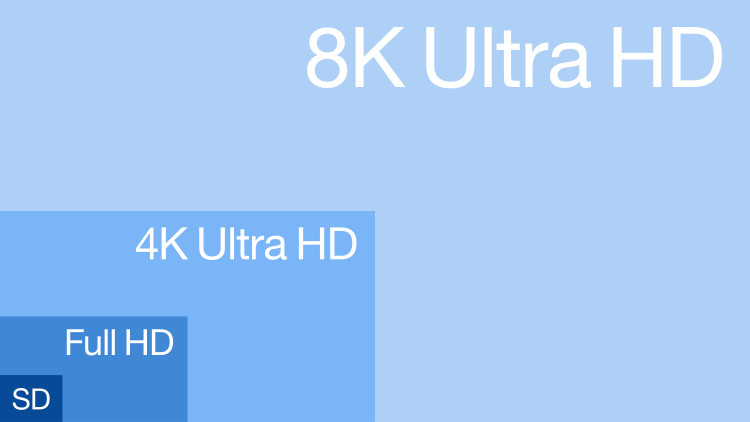
Why resolution isn’t everything
Up until a few years ago, the development of flat-screen televisions was mainly concerned with achieving a higher resolution. This has recently changed: focus has shifted to colour and contrast. The aim is to display the contrast between “super light” or “super dark” in the best and most natural way.
Dolby have once again become a technical pioneer with their Dolby Vision technology.
Teufel products for your home cinema:
[product id=”28274,28264,27935″]
High Definition for the eyes and ears
A clear image is only worth it if the sound quality can keep up. Teufel systems deliver the complete package of Blu-ray players and high-resolution sound.
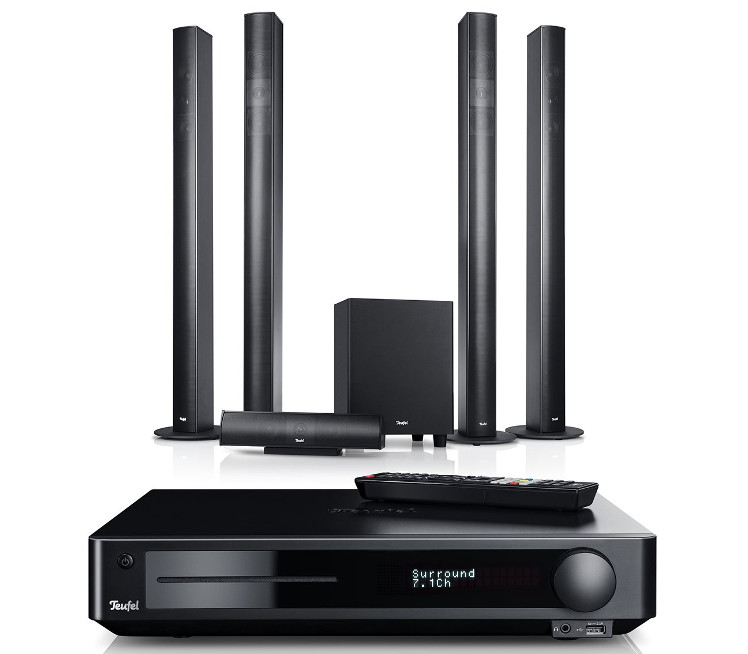
- ▶ Columa 300 with Imaq 8000: The 5.1 set consists of four elegant column loudspeakers, a huge subwoofer (for deep bass down to 43Hz frequency) and a high-end Blu-ray AV-receiver Impaq. For the best sound quality, Dolby True HD and DTS HD formats support the system.
- ▶ Cubicon Impaq: High-resolution sound has never been so easy to achieve. The compact, high-end satellites made from aluminium are especially suitable for wall-mounting, and the flat subwoofer can be installed wirelessly and flexibly.
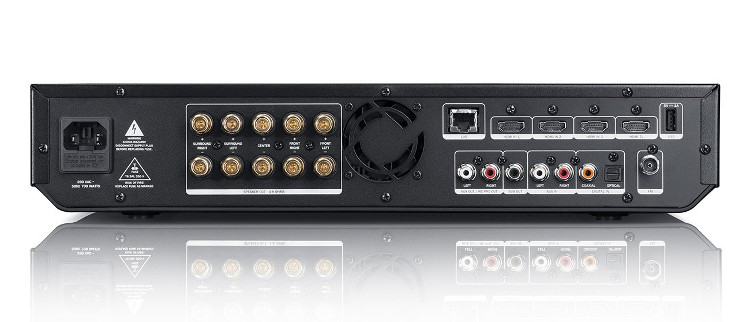
Conclusion: So, is the difference between 4K and UHD actually noticeable?
- The common resolution standards are HD-ready, Full HD, UHD and 4K.
- The terms UHD and 4K are often used synonymously as successors to Full HD.
- The term “4K” derives from cinema terminology and denotes a resolution of 4096 horizontal pixels.
- The UHD resolution of most televisions is however “only” 3840 x 2160 Pixels.
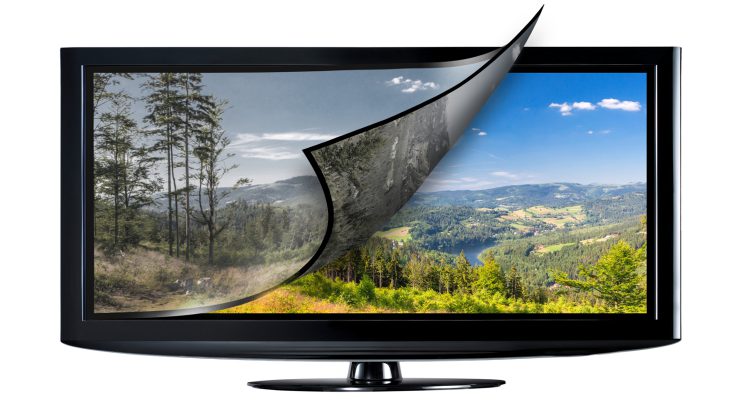


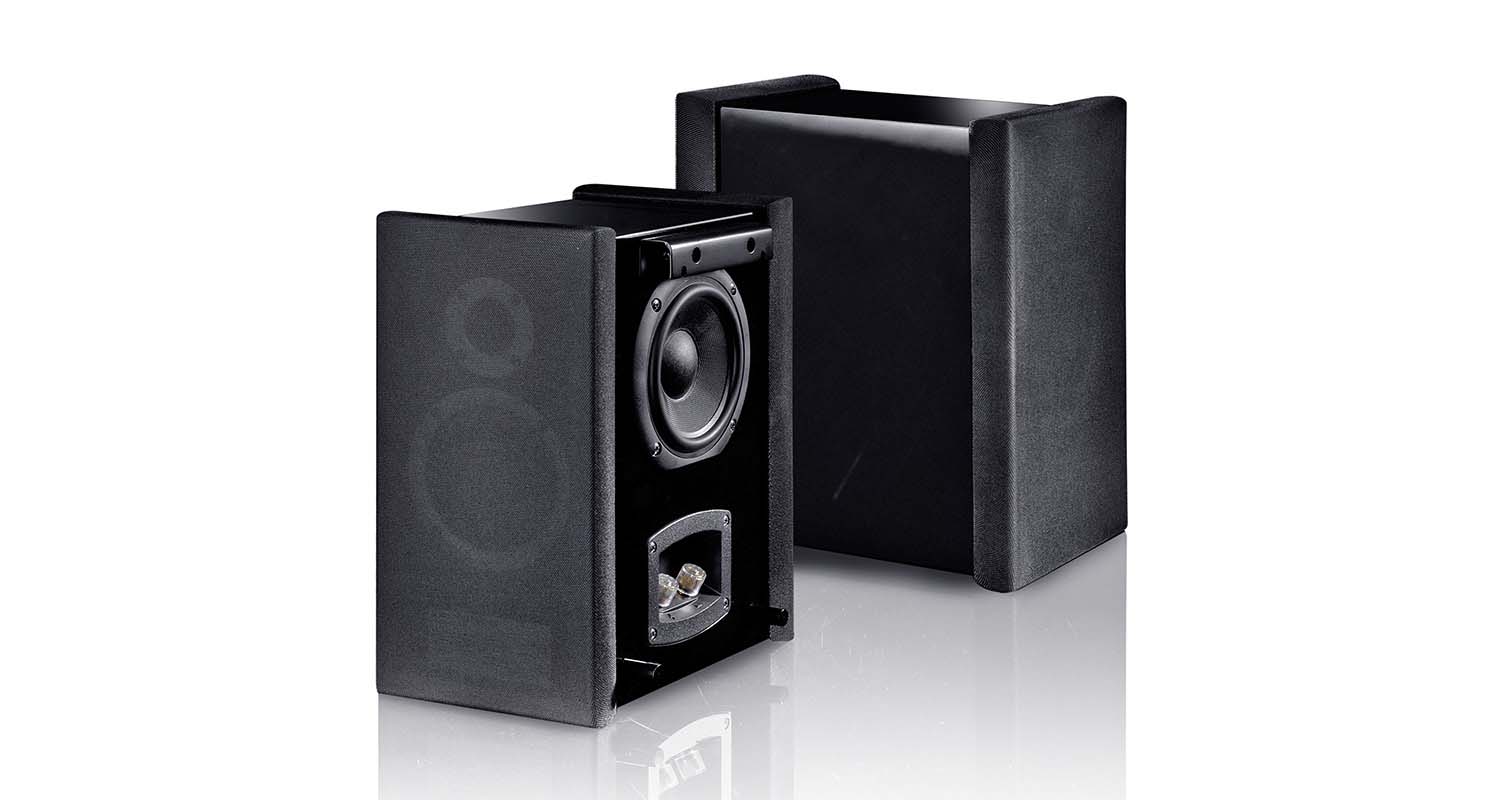

8 responses to “The difference between UHD and 4K”
This blog shares good information on the differences between UHD and 4K
When you get to 8k ~ there is tech that can make a 3D image look 3D with out glasses – I did see the tech in person at NAB by the patent holder – great new world to come in the next 10 years of tv viewing and experience
thanks for sharing this info about 4k
Thank you for the clarity between UHD and 4K. You have explained this very nicely. This article helps to decide which TV should people buy.
8k doesn’t look much different than 4k because the Human eye can only see so much. Not just that but even if someone claim they could see a huge difference between 8k and 4k it probably would have to be on a 65 or 75 inch tv to see any slight difference and not just that 8k is pretty pointless for pc and console gaming. Seeing how graphics cards at the moment aren’t even that good with 4k for a reasonable price. Hoping the rtx 3060 will be an affordable option for 4k gaming but I’m not even too sure on that.
Does this mean that when UHD is operating on a 50″ TV, it produces clearer images than when it is on a 55″ TV?
Not really. You will have a clear image on both devices (50 Inch as well as 55 Inch). With 4 K you have theoretically a higher resolution as with UHD. How you receive the image with the eye though depends on the distance you have between the TV itself and your couch. For example: a 4 K image on a 55 inch TV, with a distance of 2 m looks not as clear as a UHD image on a 50 inch TV with the same distance (2m).
There’s always a learning curve when new technology comes out, but in this case things are fairly simple. Both 4K and UHD mean roughly the same thing (and are often used together). As long as you have the right connector and the right content your new Planar 4K display will look amazing.